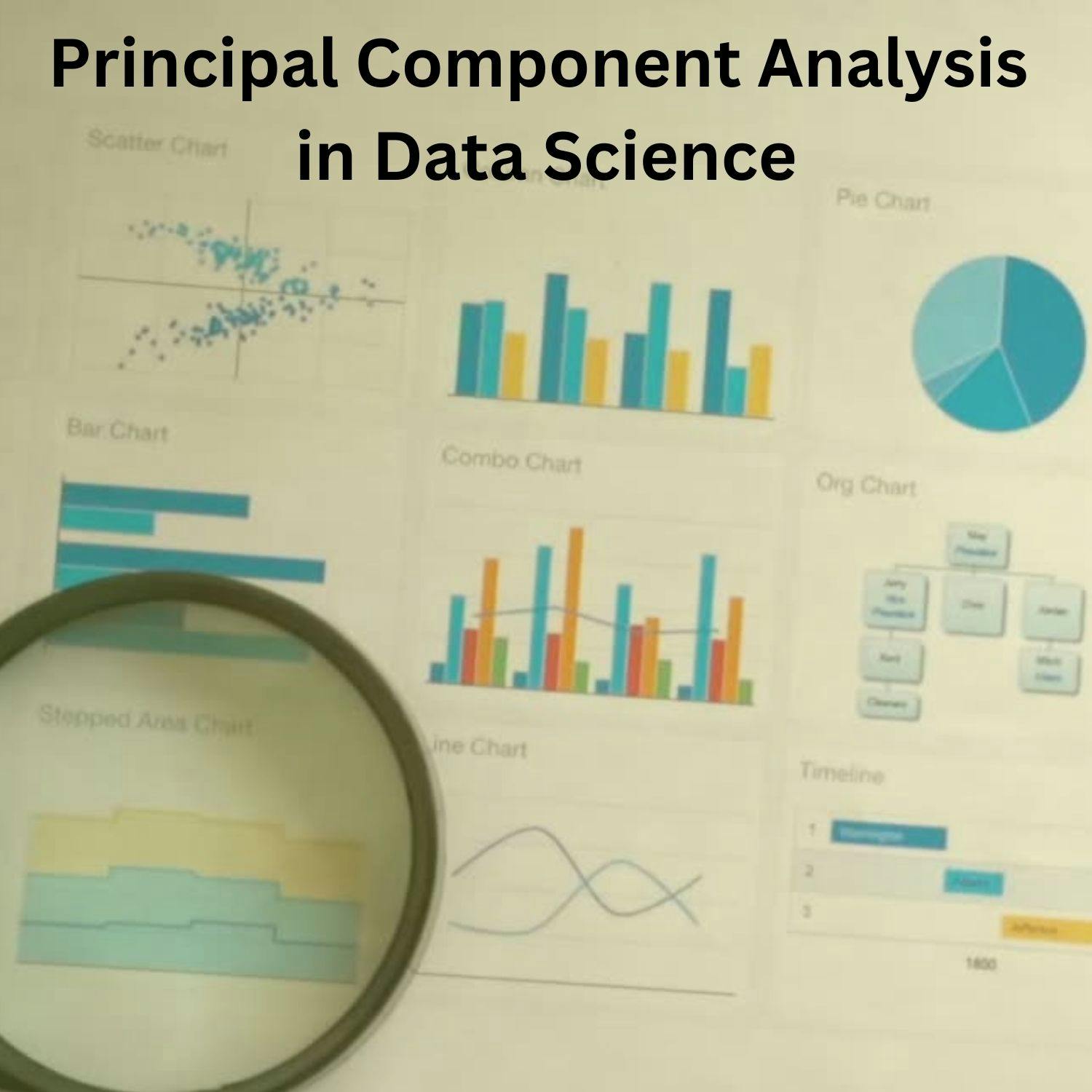Principal Component Analysis (PCA) in Data Science
Introduction
The typical approach in data sciences deals with growing dimensions or a larger number of features. Large volumes of data are growing daily. Therefore, as the volume of the data increases, so does the number of features in the data. The data set's characteristics also get better. A data science model becomes over-fitted or occasionally produces errors when we feed it more features. Principal component analysis (PCA) and numerous other linear and non-linear dimensionality reduction techniques are used to address the problems of dimensionality reduction in the data sets.
What is Principal Component Analysis:
The principal component analysis is a common technique for reducing the number of features from the component settings and choosing a particular subset of components. The different main components are calculated using mathematical formulas in principal component analysis, and the various features are then chosen based on these components. The data scientists select various features and discard the remainder based on these estimated components. The data set's information is not changed or removed during the principal component analysis, reducing the number of elements in the larger data set. Check out Learnbay's Data Science Course to learn about Principal Component Analysis.

Various techniques for principal component analysis
Feature Selection Compared to feature engineering, feature selection is a very different approach. As with the feature engineering method, the data scientists do not create new features from the existing features when using the feature selection technique. A subset of elements from the given set of features is chosen using the feature selection method, which is also used in dimensionality reduction techniques. The methods of feature engineering and feature selection are distinct and cannot be combined. Both serve the same function. Generating the features from the existing features makes feature engineering one step ahead of the feature selection method.
Feature Elimination A feature elimination technique removes some features from the given set of features. Most data scientists primarily combine it with the principal component analysis method. This method automatically clears the given feature set and data set of the week's features. By removing the weak features from the provided data set, this method employs various statistical techniques to identify the best features of the data set. Up until the best subset of features is discovered, it is used recursively to remove the irrelevant and unwanted elements from the given data set.
Principal Component Analysis
Low Frequent Features To prevent errors during the training, remove some of the features from the training data set when the particular data set contains frequent features in the data set. As a result, various methods for dimensionality reduction of the data, such as principal component analysis, feature selection, and feature elimination methods, are used.
Noise Data The consistency of the data has a significant impact on how well the data model performs. Data scientists use various techniques to eliminate noise from the data if it is inconsistent. The noise from the provided data set is greatly reduced thanks to the principal component analysis.
Complex Model Some machine learning models cannot feed the training dataset when the datasets have more features. On the other hand, feeding some models requires more time and resources. You must use various dimensionality reduction techniques, such as principal component analysis, feature elimination, and feature selection methods, to lessen the complexity of the provided data set. Using these techniques makes the model simpler, and the training process is not prolonged.
Sampling A subset of the data set is used to train the model using the sampling preprocessing technique, which improves the model's accuracy and performance. Before training the data, it is primarily used to preprocess the data set. Certain data science models may have particular restrictions. Some data science algorithms are challenging to train on large data sets. The system may have some limitations. You must use the sample from the data set that accurately represents the entire data set to get around these issues. The principal component analysis is one technique for sampling by removing some of the features from the data set.
Conclusion
A principal component analysis is primarily used to remove elements from the data set that do not have an impact on the target variable. Building various data science models requires a data scientist to work with various features and variables. Different data science and machine learning models may have some restrictions. As a result, data scientists constantly investigate the connections between various parts or variables. The data scientists use the principal component analysis method to determine how the various features of the data set are related to one another
Do you wish to pursue a career in data science or analytics? Enroll in a data science course in Pune, and build your portfolio to get hired into top data science positions.
